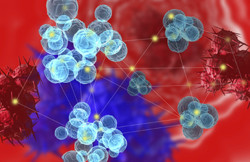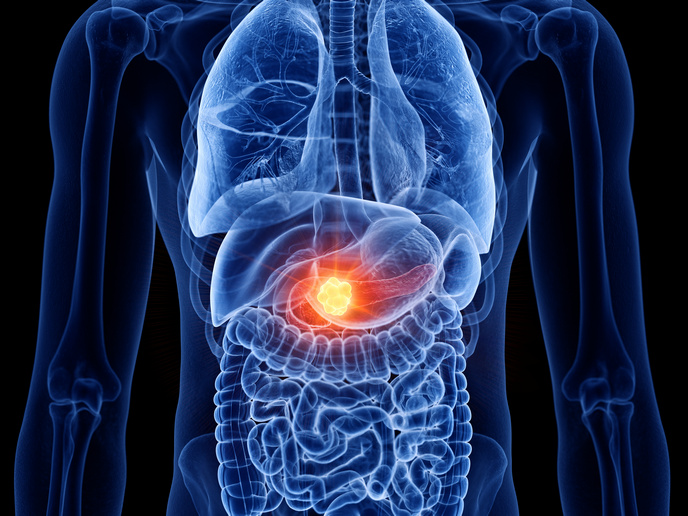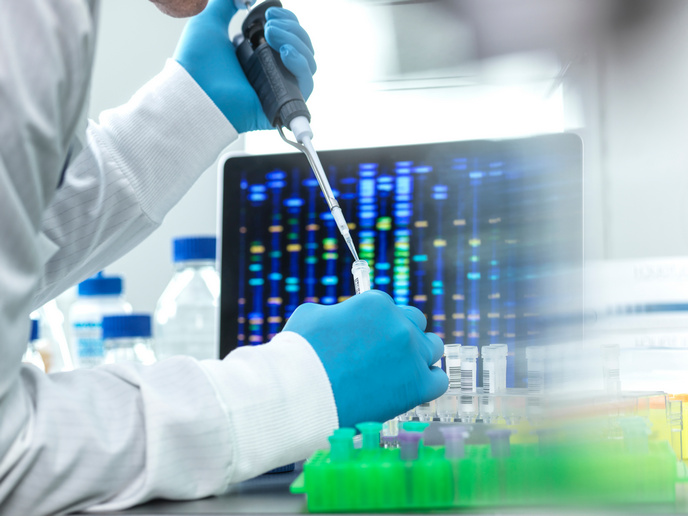PARP inhibitors — force against cancer
Mutations in BRCA1 and BRCA2 genes predispose women to breast and ovary cancer. In 2005, researchers discovered that inhibitors of the DNA repair process, PARP inhibitors, could target tumour cells with BRCA1 and BRCA2 mutations. In addition to PARP1 and PARP2, another member of the PARP superfamily, PARP5/Tankyrase is in the forefront as a therapeutic agent. The EU-funded 'PARylation-mediated regulation of cancer pathways' (PARYLOME) project searched for additional targets of the PARP superfamily of enzymes to enhance understanding of PARP biology. To identify new PARylated proteins, the researchers used genomic and proteomic-based techniques including immunoaffinity purification of key binding proteins followed by quantitative mass spectrometry. The result is a proteomic map of PARylation targets, the PARylome. Once PARylated, some proteins become subject to degradation by a protein complex known as the proteasome. But many other outcomes may be induced by PARylation, such as cell signalling. Using PARP1/2 and Tankyrase specific inhibitors new targets for these proteins could be identified. And by integrating the PARylome data with a list of such proteins, the scientists have highlighted new exciting PARylation targets and PARylation dependent cellular phenomena. For the future, research can continue with study of other PARylated proteins highlighted by the work of PARYLOME. One in particular is Sjogren Syndrome/Scleroderma Autoantigen 1. Another avenue to pursue is determining how Tankyrase modulates the different pathways where this protein is involved. Cancer is one of the leading causes of death worldwide. Research into PARP inhibitors promises to identify more therapeutic targets and elucidate the mechanisms behind their action. Extending into other areas, PARP biology can be applicable to other diseases such as fibrosis and asthma.







